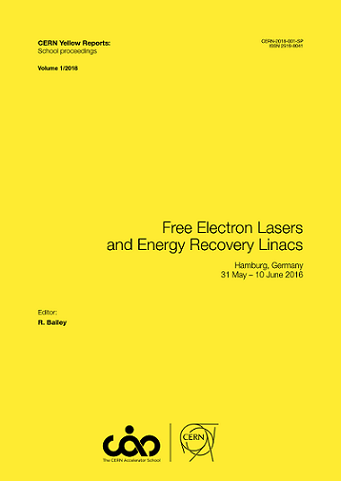Energy Efficiency
DOI:
https://doi.org/10.23730/CYRSP-2018-001.421Keywords:
Energy conversion, exergy, efficiency, beam loading, Sankey diagram.Abstract
Particle accelerators are precious tools, not only for high-energy and nuclear physics, but also for many other areas of science, medicine, and security. They do, however, have a substantial energy consumption, which makes it important to design them to make best use of the consumed energy. Maximizing the energy efficiency of an accelerator means minimizing not only the energy consumption and the environmental impact, but also allowing for smaller installations. The concepts and technologies developed to improve the energy efficiency of particle accelerators are not limited to accelerators, but will have a significant impact on energy systems generally. These developments include smart power grids and short-term energy storage devices, better energy conversion efficiencies for subsystems, efficient cryogenic systems, and, ultimately, the recovery of unused energy in more valuable forms than low-temperature heat. Energy recovery linacs are the prime example for good efficiency, since they accelerate, use, and decelerate a continuous beam, using the energy recovered during deceleration for acceleration.
Downloads
Published
Issue
Section
License
Authors who publish with this publication agree to the following terms:
- CERN retains copyright and publishes the work licensed under the Creative Commons Attribution License 4.0 that allows others to share the work with an acknowledgement of the work's authorship and initial publication in this series.
- Authors are able to enter into separate, additional contractual arrangements for distribution of the published version of the work (e.g., post it to an institutional repository or publish it in a book), with an acknowledgement of its initial publication in this series.
- Authors are permitted and encouraged to post their work online (e.g., in institutional repositories or on their website) prior to and during the submission process, as it can lead to productive exchanges, as well as earlier and greater citation of published work (See The Effect of Open Access).

